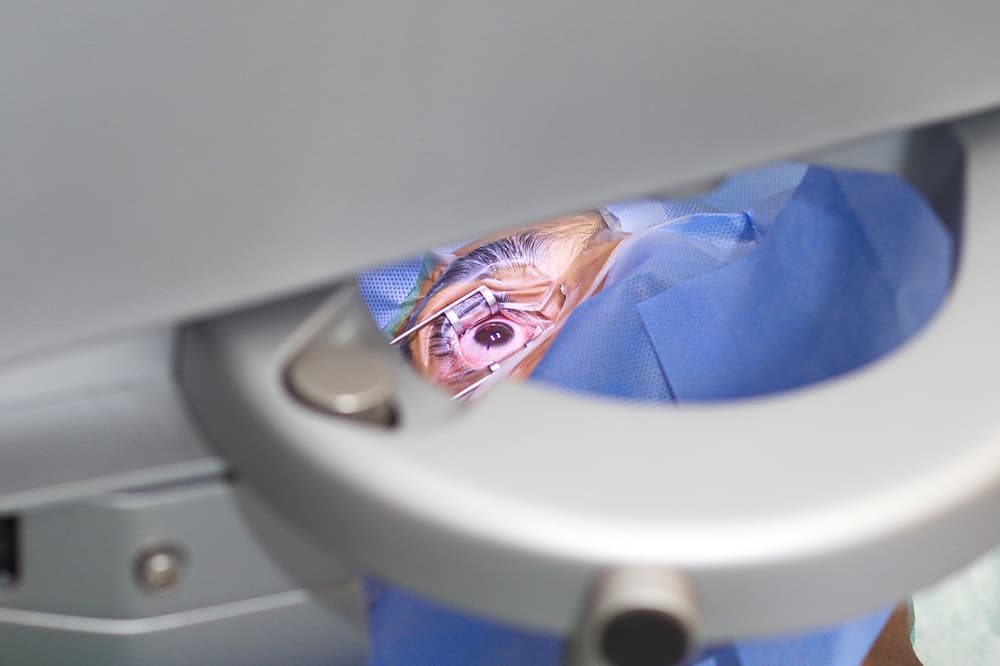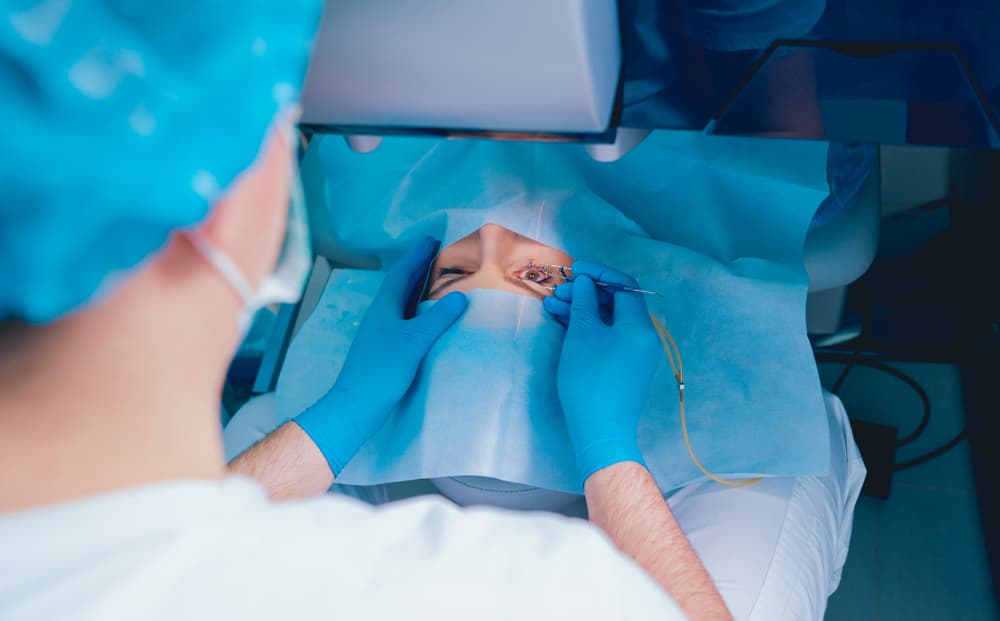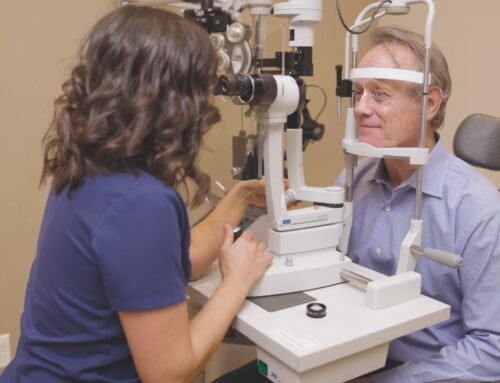LASIK, or Laser Assisted In-Situ Keratomileusis, has become the most popular procedure to correct vision problems such as nearsightedness, farsightedness, and astigmatism in just 10 minutes on average per eye. The popularity increased due to having the quickest recovery and the least discomfort in the recovery period of all the laser eye surgery methods.
Then what is the difference between LASIK and laser eye surgery? As a matter of fact, LASIK and laser eye surgery are the same things since LASIK surgery is a type of laser eye surgery. With that clear, this blog will go over how LASIK works and the other alternatives to eye surgeries.
How does LASIK work?

LASIK eye surgery works by reshaping the cornea. This enhances vision by enabling light that enters the eye to focus more sharply on the retina. It can improve vision for people who suffer from myopia, hyperopia, and astigmatism. During the procedure, a laser or a microkeratome creates a tiny flap in your cornea.
In order to reach the cornea, the surgeon then folds back the flap. They take a tiny bit of corneal tissue out with a laser. This helps to restructure it so that light may more precisely focus on the retina.
The cornea needs to be flattened if you have nearsightedness. The cornea must have a steeper angle if you are farsighted. The corneal flap is replaced when the ablation is finished so that it can heal.
Risks of LASIK

Before you decide to do LASIK, it is important to consider the possible risks and side effects you might experience after this procedure. Here are some of the common risks or side effects of this laser eye surgery:
- Dry eyes: After LASIK, this is sometimes a temporary condition that only lasts a few weeks or months, but it can also last longer. A study revealed that 95% of patients will experience dry eye symptoms after the procedure, but it is most often temporary and dissipates after a week or so post surgery.
- Light sensitivity: Light sensitivity can be extremely uncomfortable in the first few days following LASIK surgery. Patients who are outdoors in the sun or who are staring at a bright source of light, such as a computer or television screen, are likely to feel noticeably more sensitive. It will be advised by your surgeon that you avoid bright lights and screens and wear protective eyewear outside
- Visual disturbance: Following surgery, common visual issues include increased glare, halos around objects, and trouble seeing while driving at night.
- Diminished vision: Even though LASIK can be successful for a lot of people, some people may not be able to improve their vision with this procedure and even experience deterioration. This is a very rare occurrence and something we do not see if you are a good candidate for LASIK – which is why it is so important to go with a thoughtful and experienced LASIK surgeon.
- Pain: Not a very common side-effect since it is a very pain-free procedure but worth mentioning; some people may experience a degree of pain during the healing process.
It is very important to talk to your doctor before deciding to do this laser eye surgery. An experienced professional will conduct a thorough eye examination to ensure you are a good candidate and answer all your questions about possible risks and side effects associated with LASIK.
Alternatives of LASIK
Several vision correction options are available for individuals who are not suitable candidates for LASIK or prefer an alternative approach. Here are a few alternatives to consider:
- Refractive Lens Exchange (RLE): RLE is a procedure similar to cataract surgery where the eye’s natural lens is replaced with an artificial lens, typically a multifocal or accommodating lens. RLE can correct a wide range of refractive errors, including nearsightedness, farsightedness, and presbyopia (age-related loss of near vision).
- PRK (Photorefractive Keratectomy): PRK is a laser eye surgery that involves reshaping the cornea’s surface without creating a corneal flap, as in LASIK. Instead, the cornea’s outer layer is removed to access the underlying tissue.
- Implantable Contact Lens (ICL): The ICL is placed inside the eye. It eliminates the hassle of regular contact lenses that sit on the outside of the eye and require constant maintenance and attention. The ICL is specially shaped to work with your lens to correct vision problems such as nearsightedness, farsightedness, and astigmatism. Once it is implanted, it becomes completely invisible, and you won’t even be able to feel it in your eye.
Trust Your Eyes to the Eye Care Professionals!
There has always been a common misconception about laser and LASIK differences. LASIK and laser eye surgery are the same things, as LASIK is a type of laser eye surgery. It works by reshaping the cornea for improved vision. However, it is important to talk to your doctor before this procedure, as there are risks and side effects.
At Eye Care Professionals, we have been providing leading-edge eye care in Nevada for years. Our team of highly-regarded ophthalmic surgeons has pioneered refractive surgery procedures and can provide you with the best course of action for your particular needs. Get in touch with us today to learn more about how we can help restore, preserve, or improve your vision!










